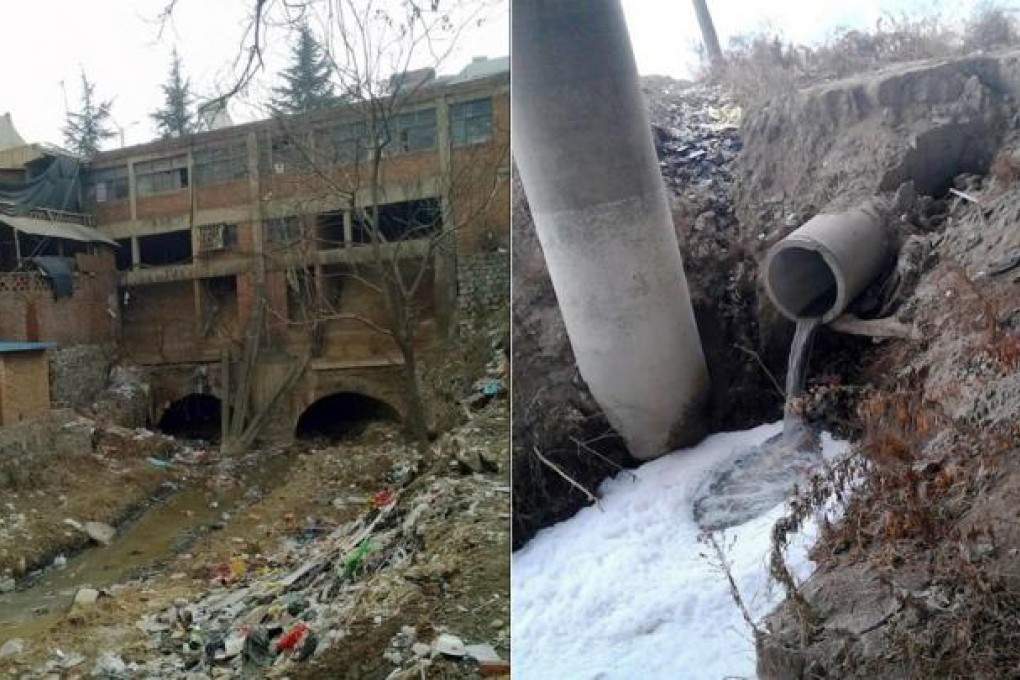Travellers unveil shocking truth about illegal waste water dumping
Bloggers visiting their hometowns during the holiday discover the shocking effect of illegal dumping on the health of villagers

Smartphone users and microbloggers returning home for the Lunar New Year break have helped reveal a startling picture of how widespread water pollution is causing cancers on the mainland. The campaign has prompted some state media to declare war on illegal dumping.
It all started with a microblog post exposing factories in Shandong that injected toxic waste water underground, and evolved into an online campaign to uncover pollution scandals as people returning home from cities for the holiday encountered unbearable levels of water contamination.
Deng Fei , a social activist who helped initiate the campaign, said some journalists and lawyers had mobilised to investigate clues offered by microbloggers, adding that several members of the National People's Congress and Chinese People's Political Consultative Conference had expressed interest in looking into the problems.
The first post, published on Tuesday on the Twitter-like Sina Weibo, said some chemical plants in Weifang - which were preparing for initial public offerings - had been secretly discharging untreated waste water deep underground, using high-pressure injection wells to avoid supervision.
It has been reposted by about 50,000 microbloggers.
The toxic sewage could seep into aquifers and contaminate groundwater systems. Once polluted, the water is difficult to clean because it is almost impossible to locate the pollutants, let alone remove or treat them.
First greeted with scepticism by many, who said such an approach was too hideous to be true, more weibo users confirmed the practice had been going on for almost a decade, especially in rural northern areas. Many shared photos and stories from their hometowns.